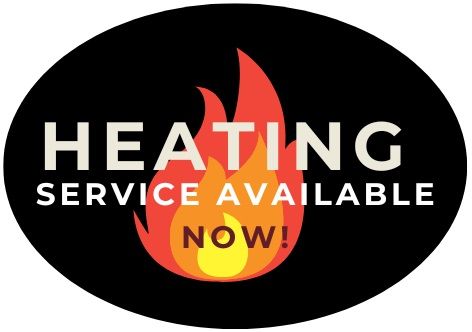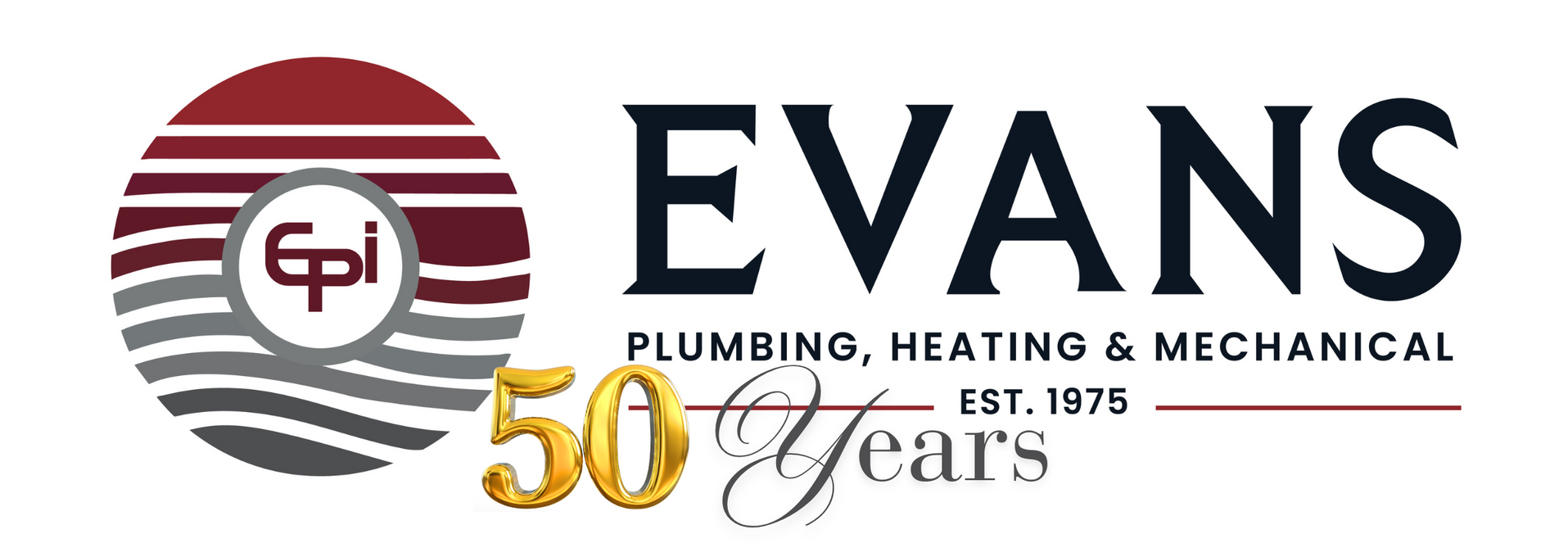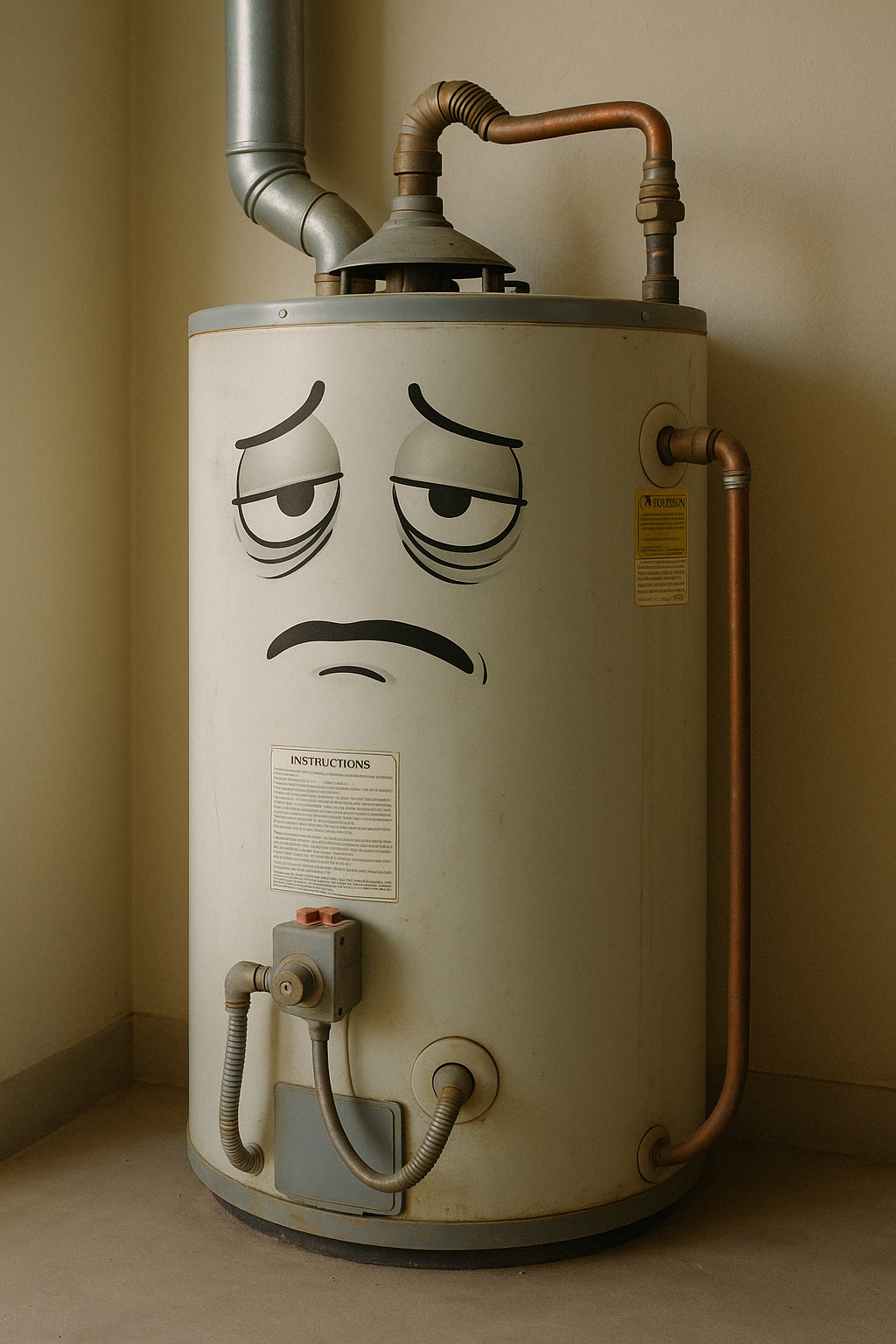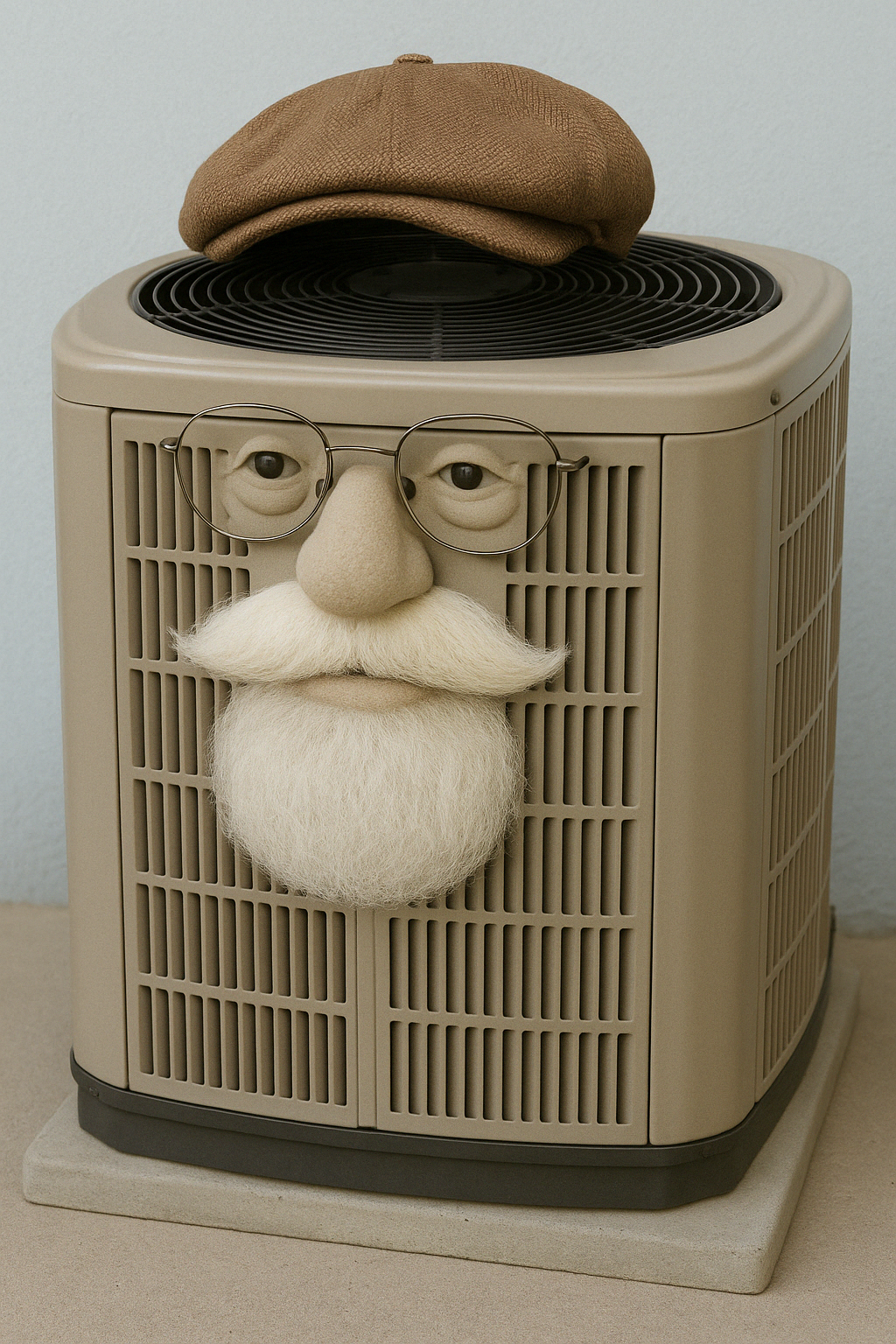What Should You Do When Your Sink Backs Up?
January 7, 2025
The most annoying problem you can run into with your home’s systems is a plumbing problem. In this day and age, plumbing is not a luxury. It’s something you need, and the smallest of plumbing problems can become major inconveniences quickly. A clogged, slow-moving, or backed-up drain makes it difficult to use a kitchen or bathroom sink. Everything from rinsing dishes to washing your hands gets a little more difficult when the sink is filling up just as you’re trying to use it. We hope today’s post will give you some guidance about what to do once the sink starts filling up with water and waste.
The Problem with Chemical Drain Cleaners
It seems like the easiest solution—for now—but chemical drain cleaners have long-term side effects that you certainly want to avoid. First of all, these chemicals are highly toxic! They are some of the most toxic chemicals you can buy on the market today, often marked with warnings about injuries to the skin and eyes.
A Do-It Yourself Clogged Drain Solution
The best do-it-yourself cleaner is not made with scary chemicals, but with items you already have in your kitchen. For some small clogs near the opening of the drains, a solution of baking soda and vinegar.
You Can Try a Plunger and Other At-Home Solutions
The safest tool to use to unclog drains is a plunger. This is the right choice for sinks and toilets alike—but when a sink clogs, make sure you have a basic conventional plumber without an extra attachment at the bottom of the cup.
When It’s an Urgent Issue
At some point, a sink clog can become a pretty urgent issue. When the drain is gurgling and waste from throughout the home is crawling up through the pipes, you have a major problem on your hands. Chances are, other drains throughout the house are affected as well, and you’ll need to call in professional plumbers with the right tools for the job.
It seems like the easiest solution—for now—but chemical drain cleaners have long-term side effects that you certainly want to avoid. First of all, these chemicals are highly toxic! They are some of the most toxic chemicals you can buy on the market today, often marked with warnings about injuries to the skin and eyes.
They’re actually not very good at dissolving many sources of clogging, aside from one (in most brands): hair. Other sources of blockage may just get pushed down the drain. Even worse—drain cleaning chemicals can damage the lining of the pipes. Plumbers almost never recommend this as a solution.
The best do-it-yourself cleaner is not made with scary chemicals, but with items you already have in your kitchen. For some small clogs near the opening of the drains, a solution of baking soda and vinegar.
As you may have learned during a 3rd grade science experiment with a papier-mâché volcano , don’t mix these items beforehand. Instead, add about ¼-½ cup of baking soda down the drain and follow it up with 1 or 2 cups of white vinegar. Wait 5-10 minutes, and add a pot of boiling water to the drain. This can clean the drain and garbage disposal and eliminate odors, but it may also help alleviate some sources of clogging.
The safest tool to use to unclog drains is a plunger. This is the right choice for sinks and toilets alike—but when a sink clogs, make sure you have a basic conventional plumber without an extra attachment at the bottom of the cup.
If a plunger is not doing the trick, you can purchase small drain snakes (drain augers) designed to target sink clogs. If you have one of these, lower it into the drain until you feel resistance. Keep pushing to break up clogs, or pull it back up; you may have latched onto a clog you can drag back up through the drains.
At some point, a sink clog can become a pretty urgent issue. When the drain is gurgling and waste from throughout the home is crawling up through the pipes, you have a major problem on your hands. Chances are, other drains throughout the house are affected as well, and you’ll need to call in professional plumbers with the right tools for the job.






Share On: